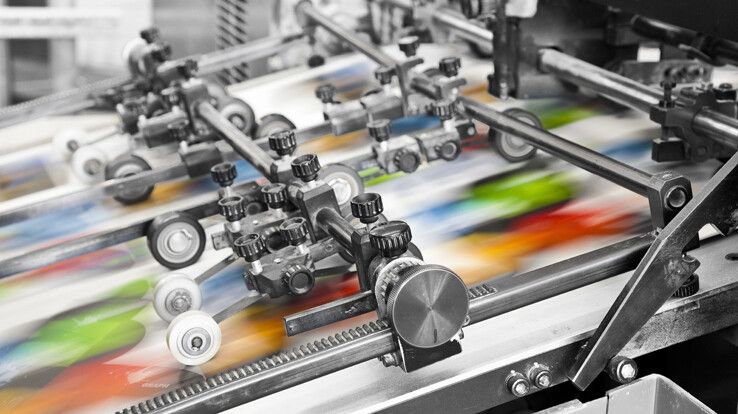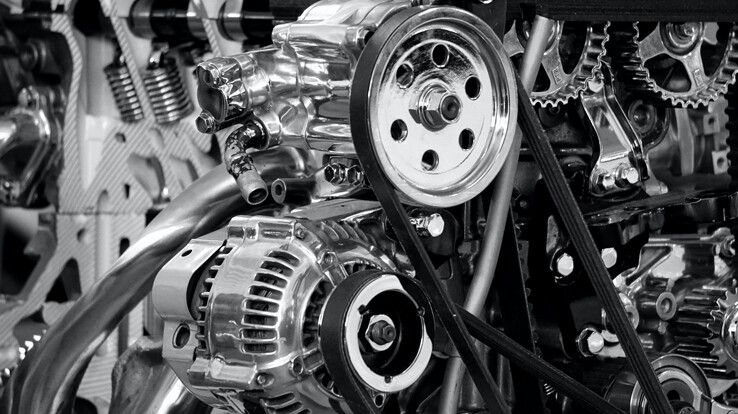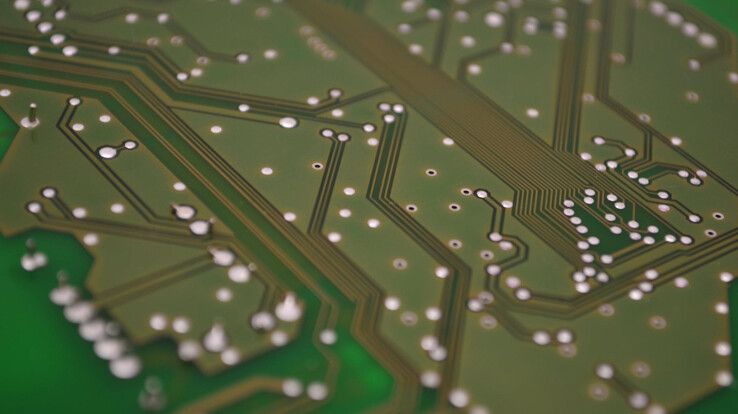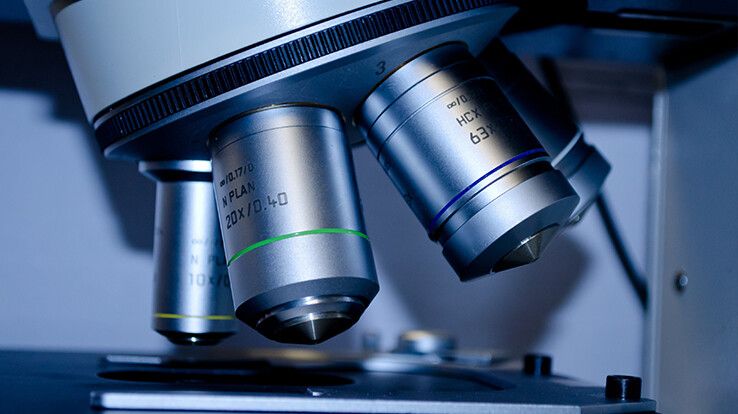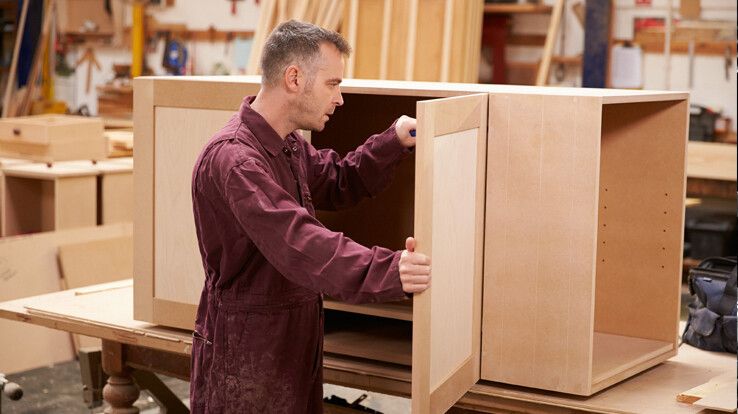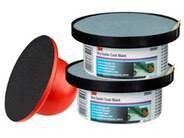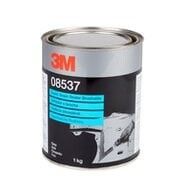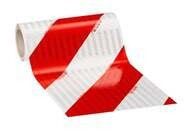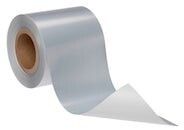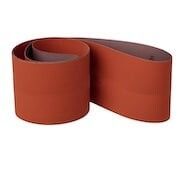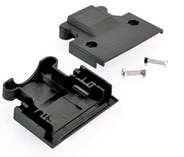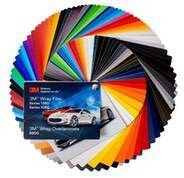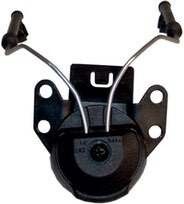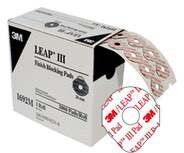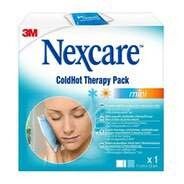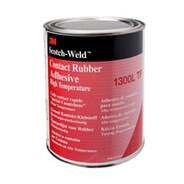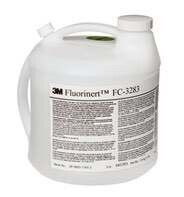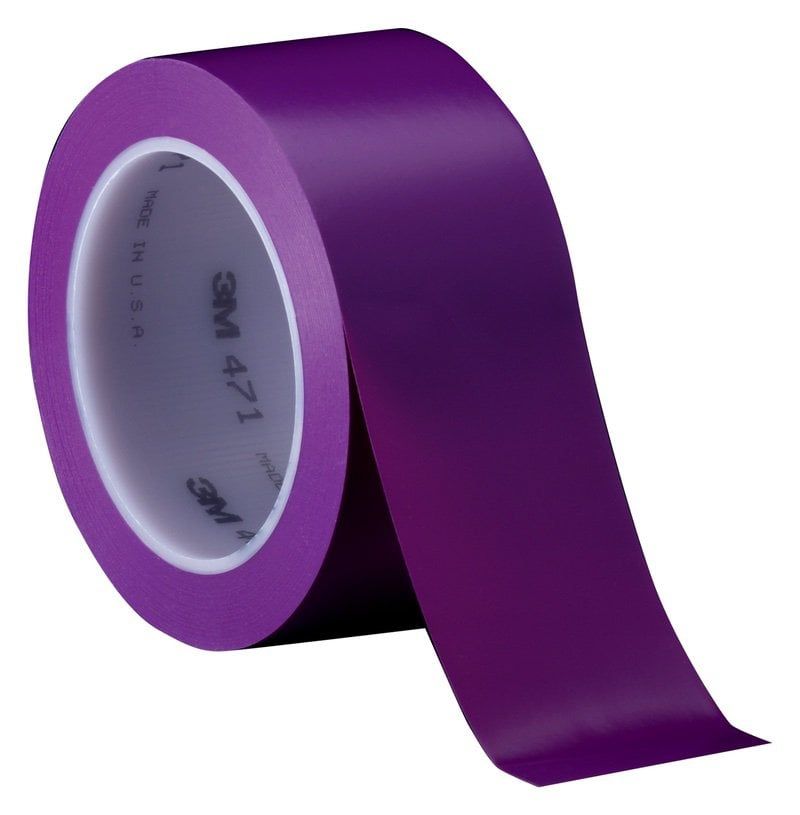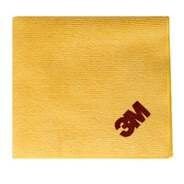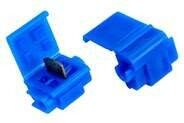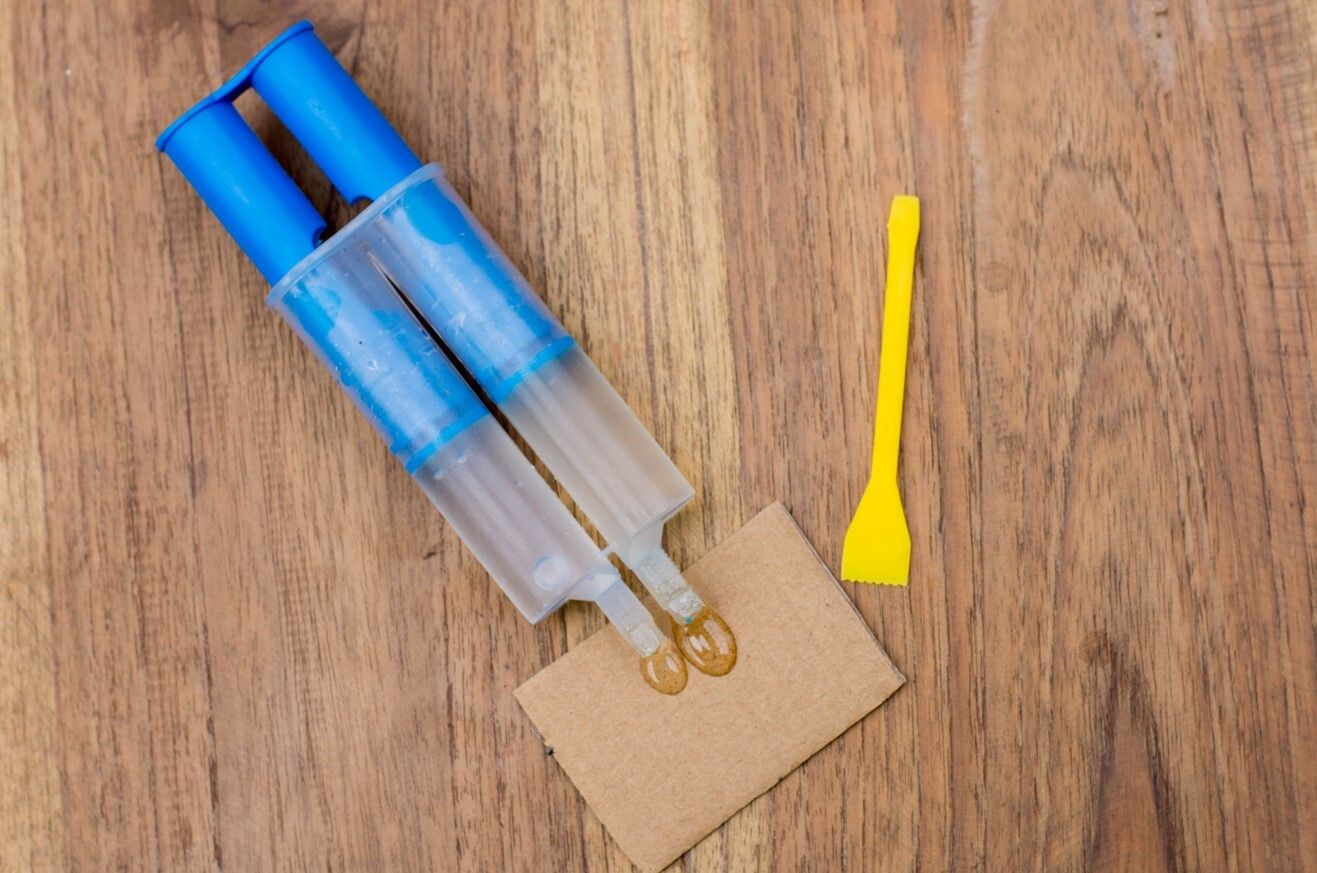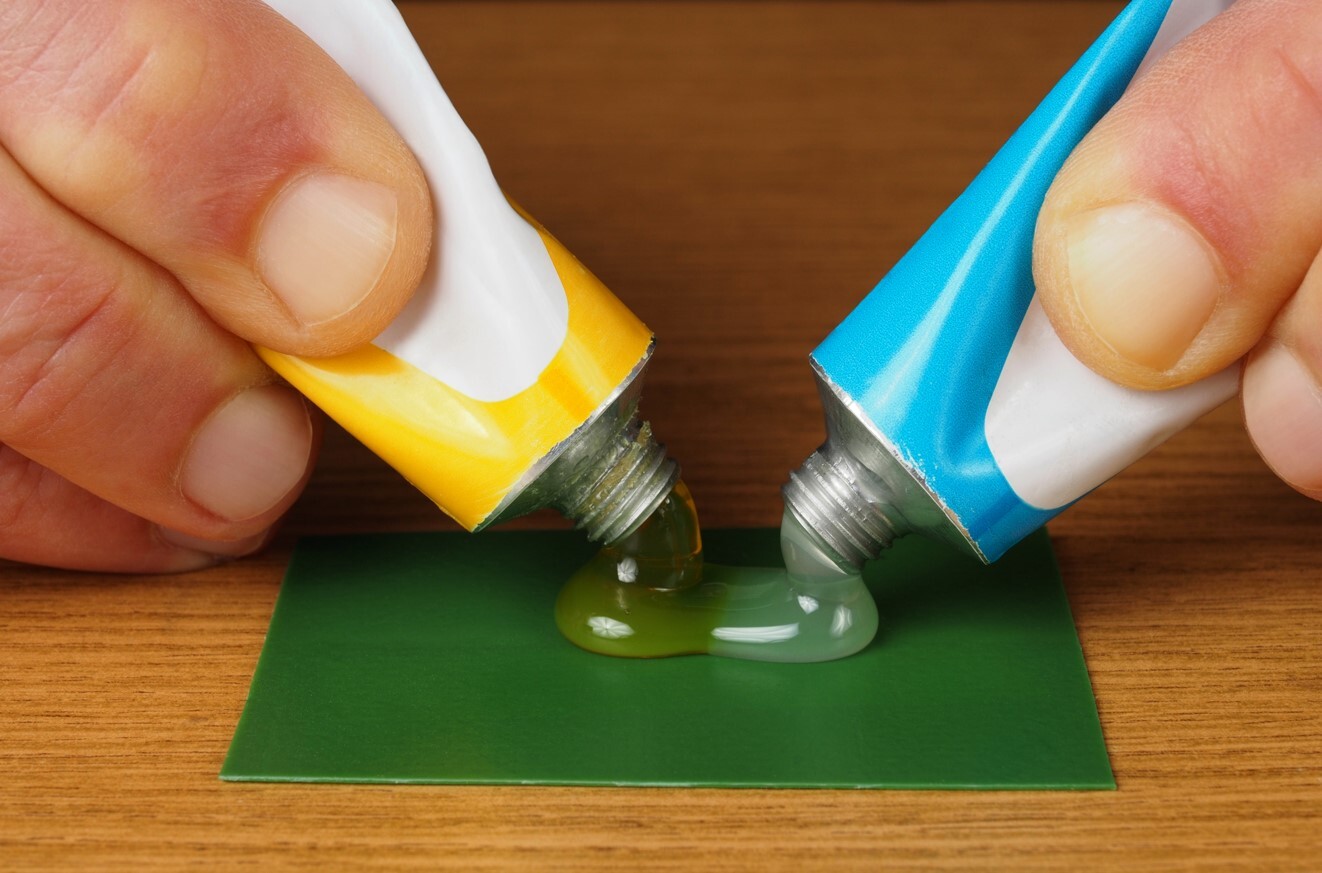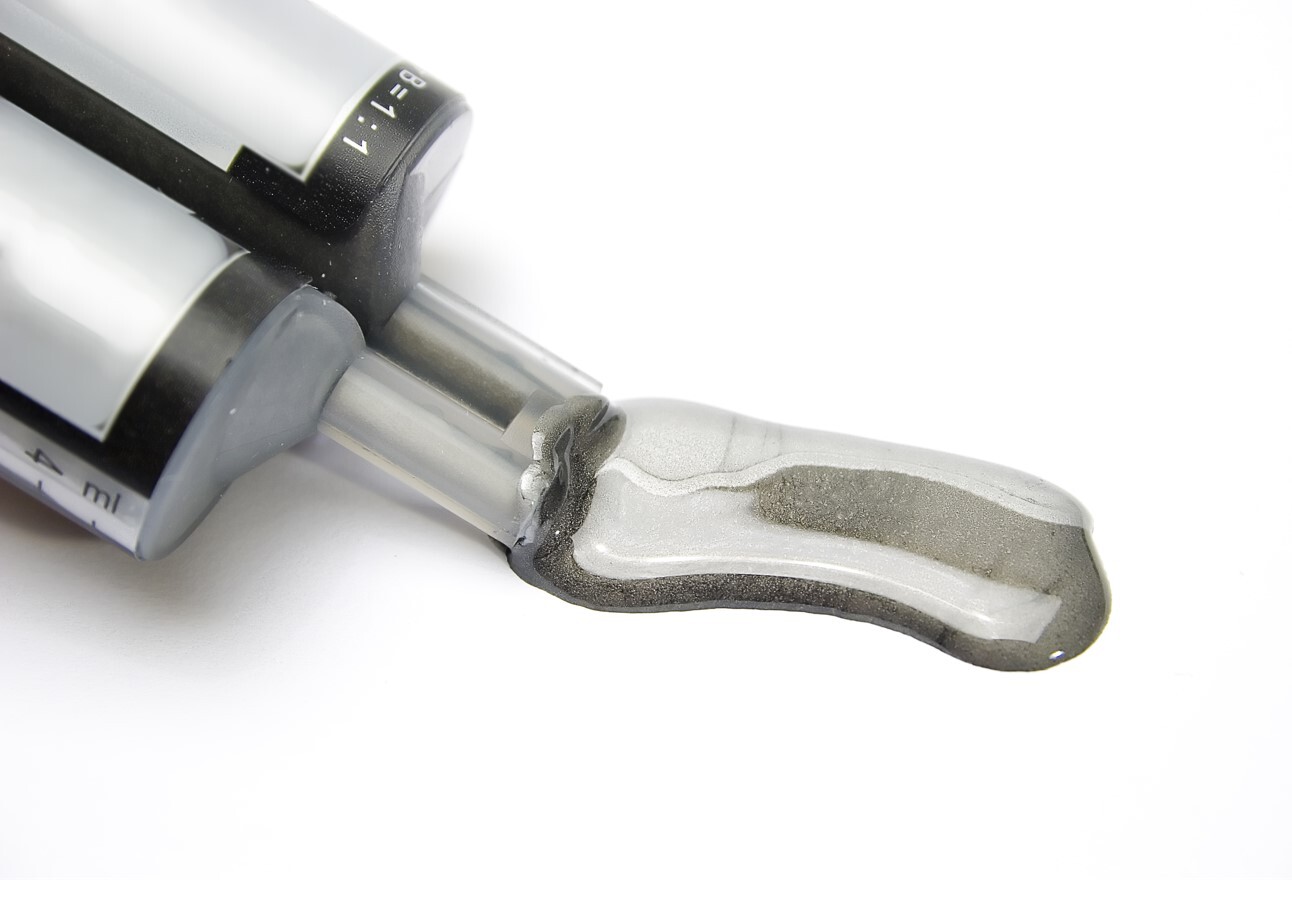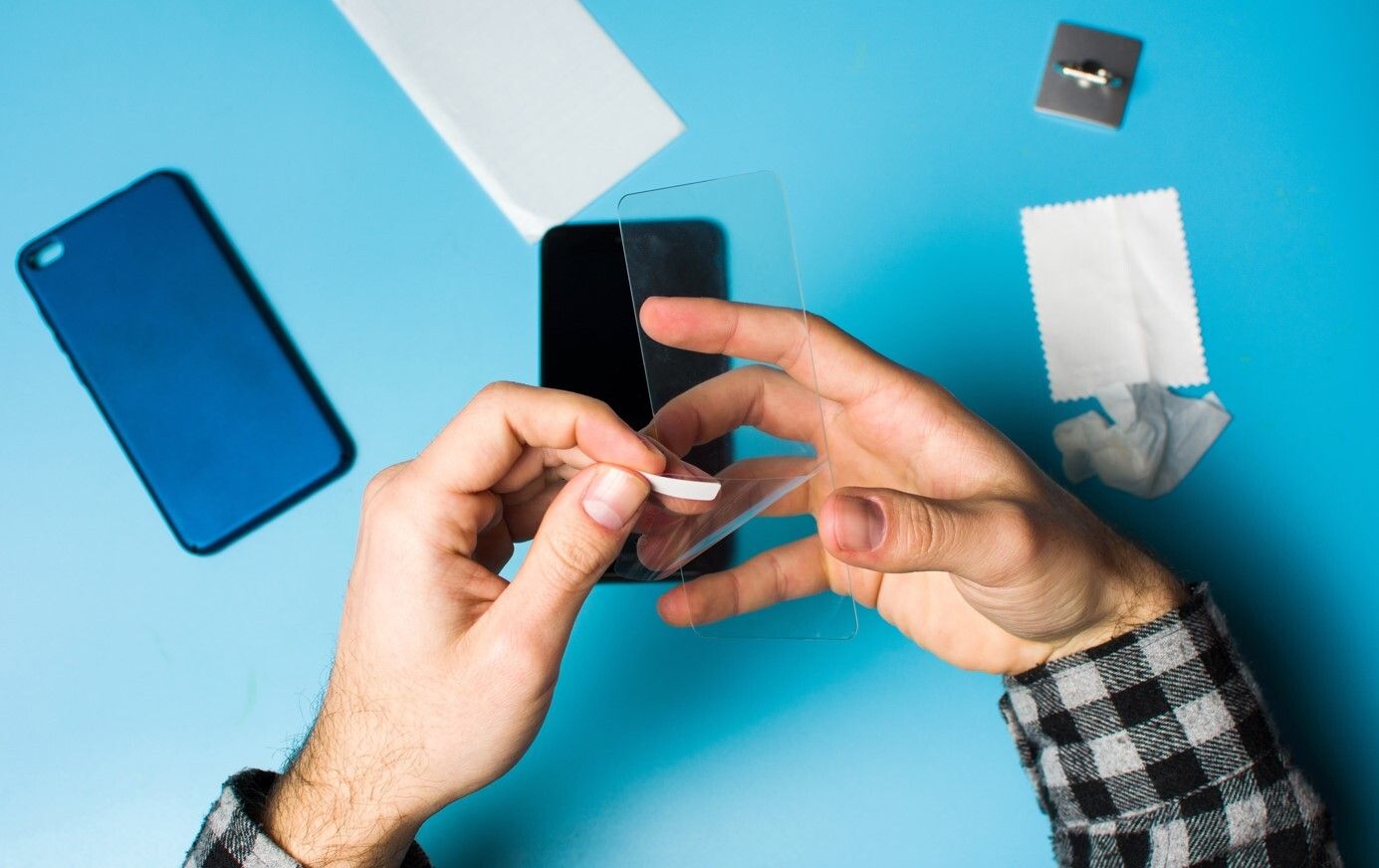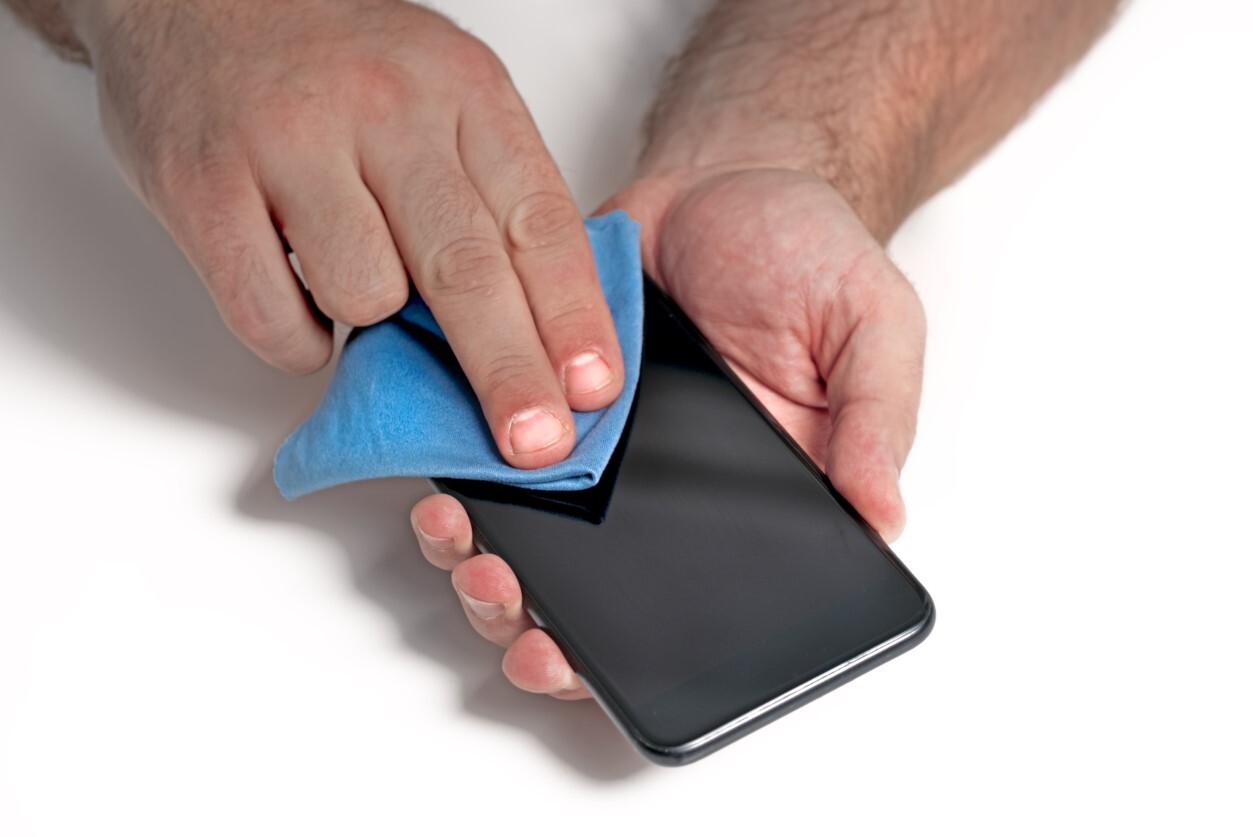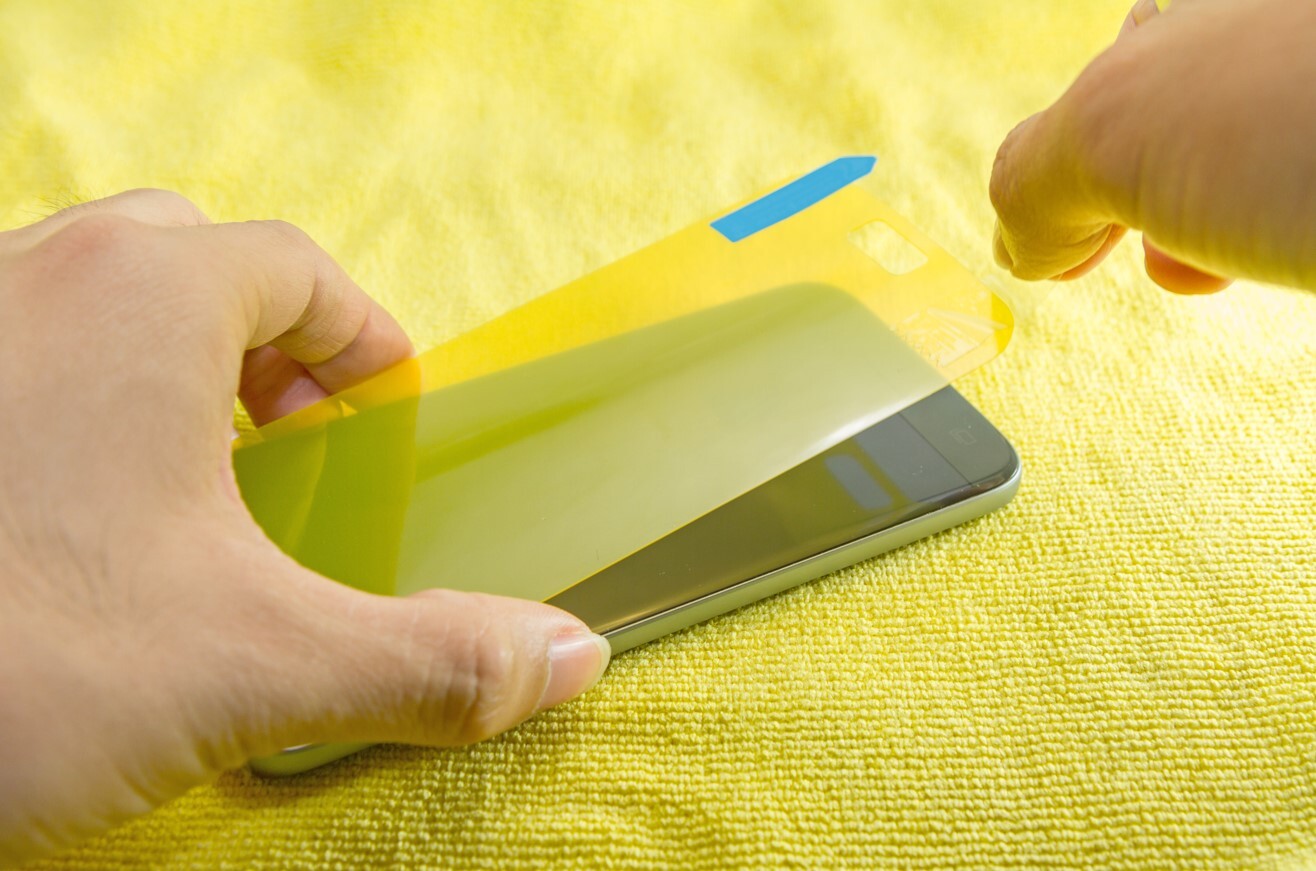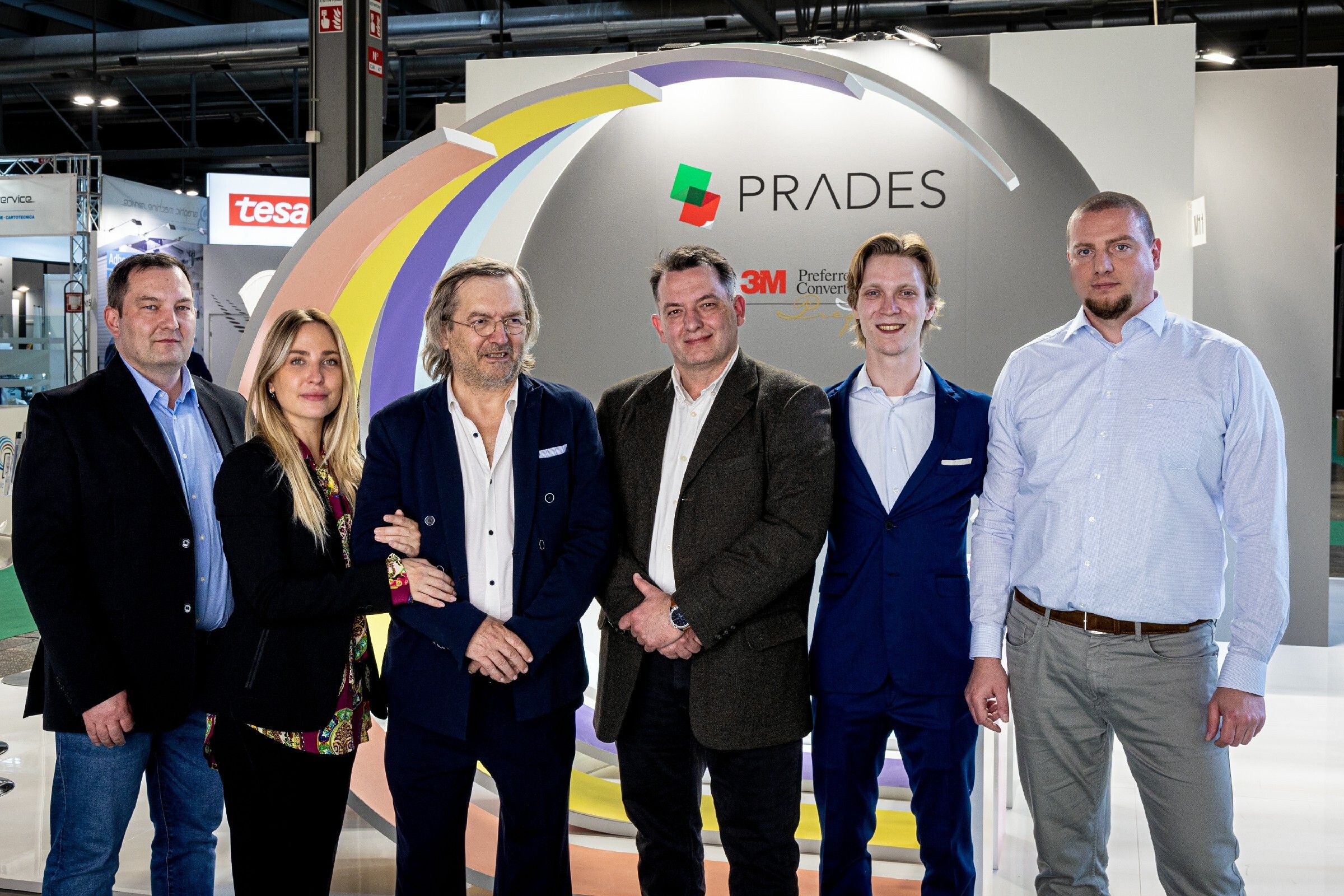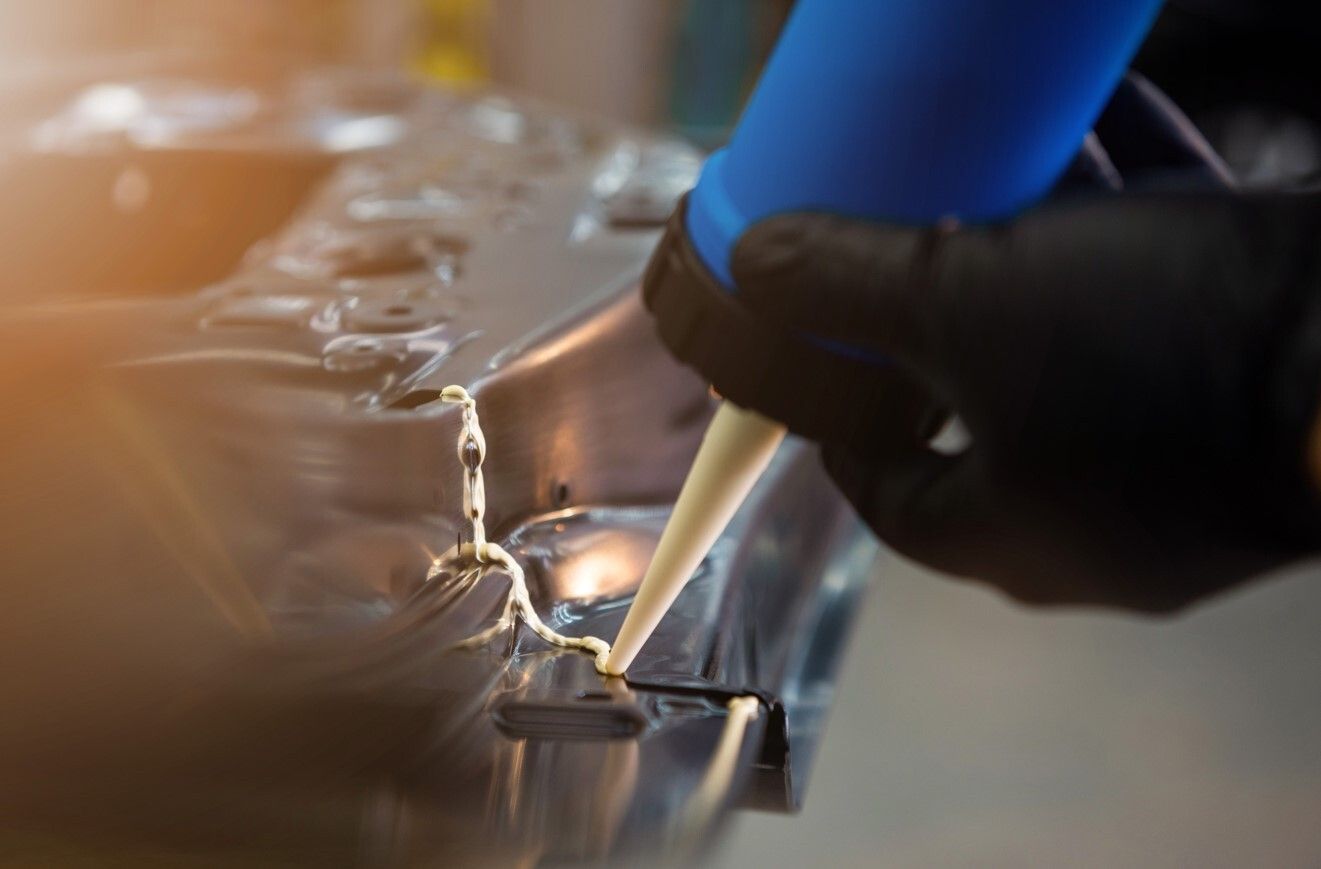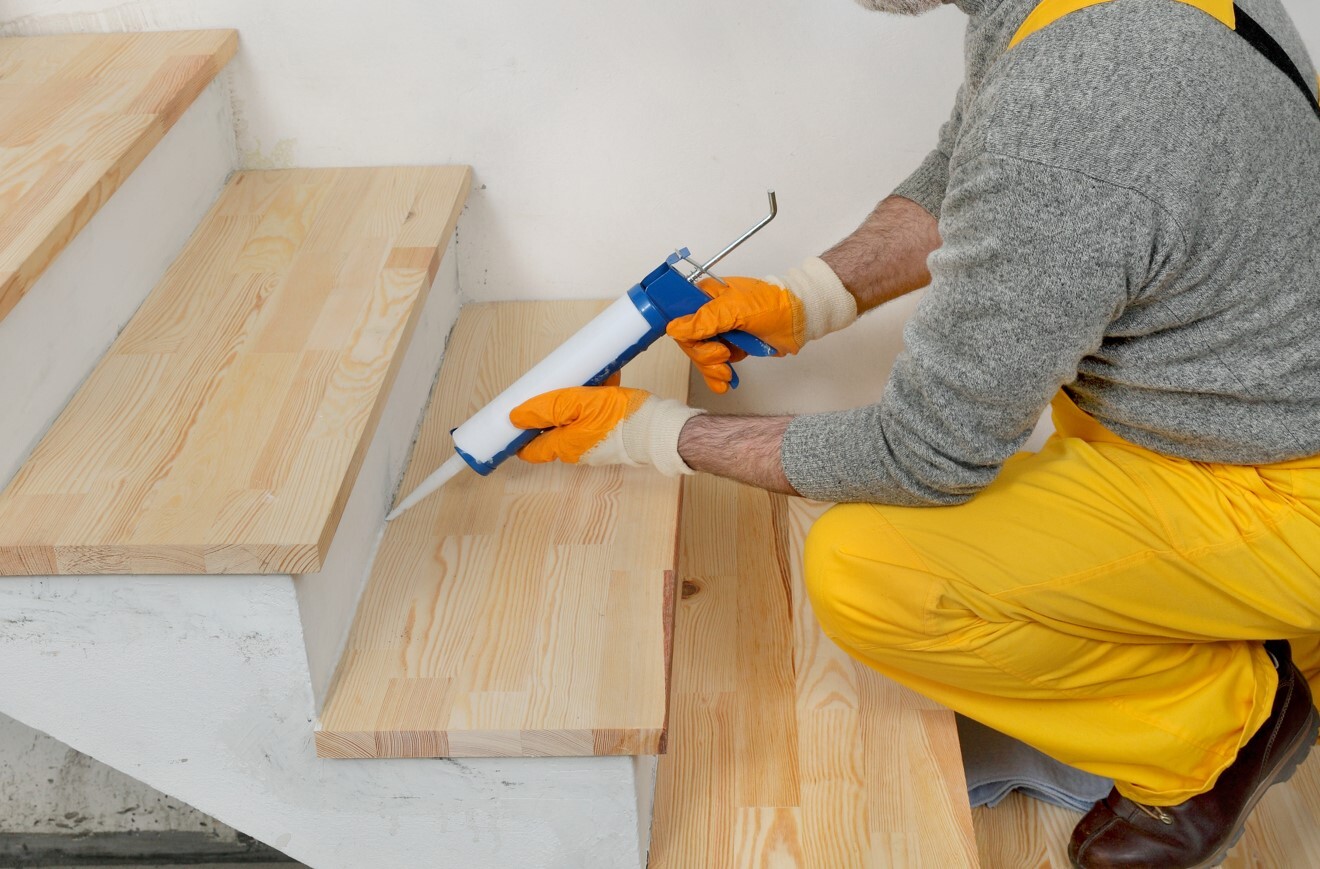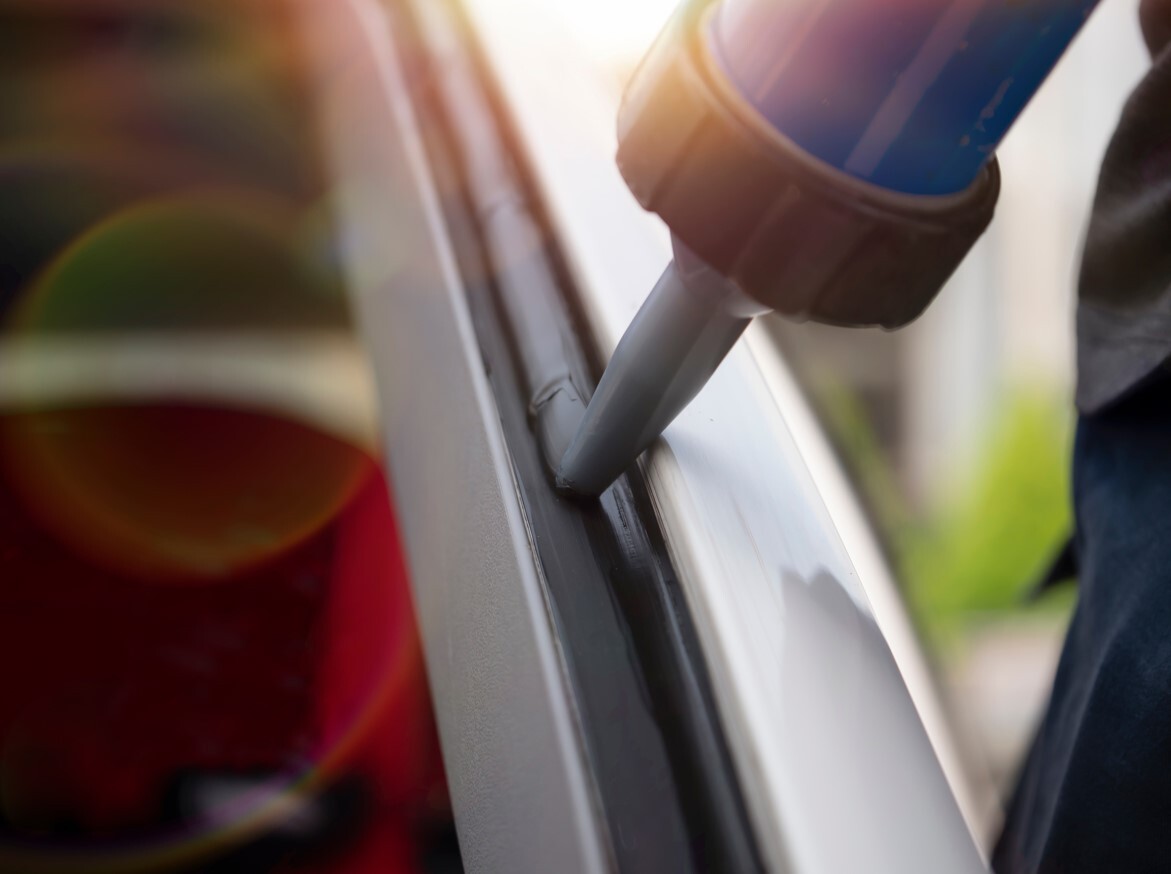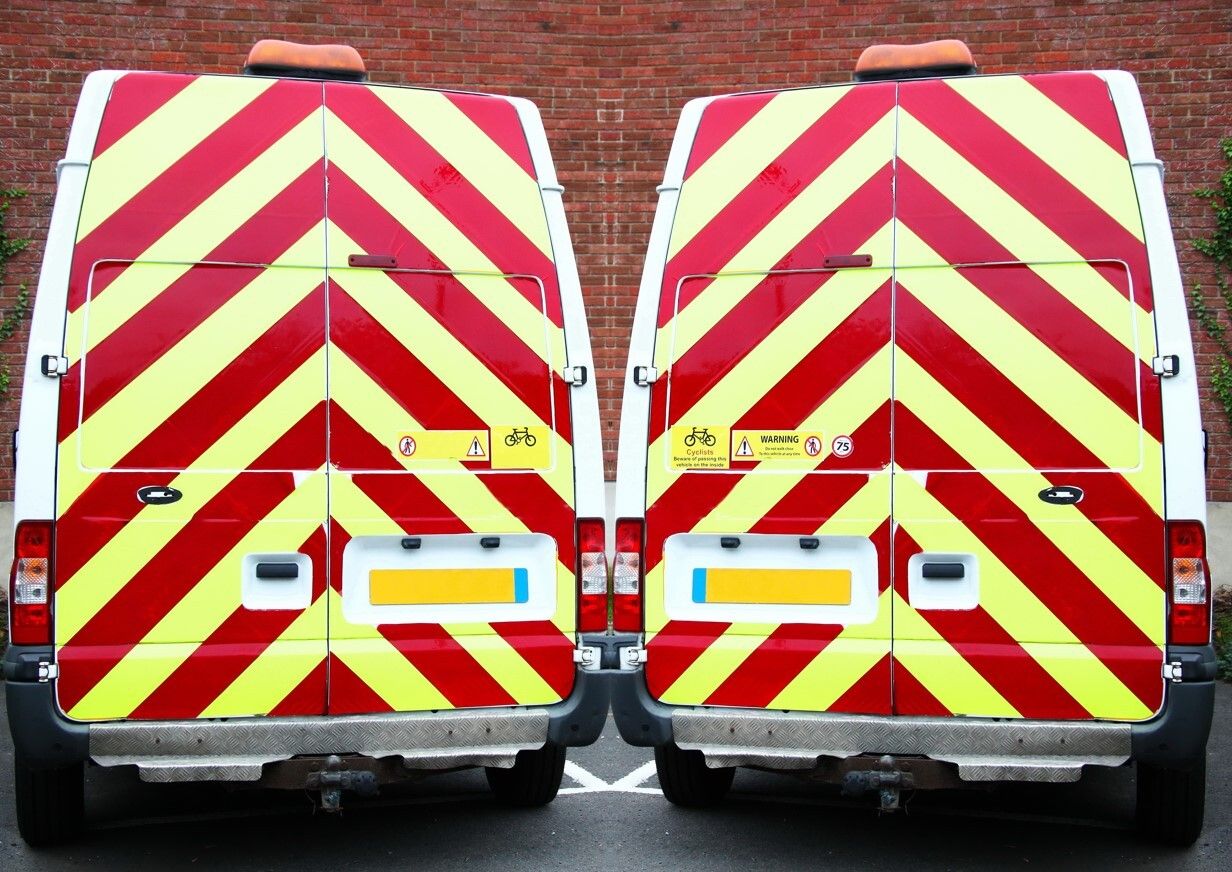What is epoxy?
Epoxy and resin are both adhesives used in various industries, but they are also often used for household and creative purposes. These materials have excellent bonding properties and can withstand temperature tests, physical stresses, and chemical exposures. Both are so-called plastic adhesives, but what are epoxy adhesives and what are resins?
What is epoxy resin?
Resin is a strong adhesive that can be bought in liquid or powder form. It takes a long time to dry, up to 8-10 hours. The higher the external temperature, the faster the resin can dry.
When using epoxy (or epoxi as it is often called) resin, two liquids (the resin and the cross-linking agent) must be mixed in the right proportions to create a material that cross-link and harden when it solidifies. It can then be easily sanded and drilled if required.
There are several types of epoxy resin, and you should choose between them based on the following factors: cure time, use-by time, bonding property, viscosity, UV resistance, chemical resistance, and scratch or wear resistance.
It provides a particularly strong bond, making it ideal for industrial applications. It is widely used for woodworking, wood panels, flooring and worktops. It can be used for garage flooring, decorative coatings for residential properties, various decorative objects, tables, jewellery, etc. Because it is waterproof and has excellent water resistance, it is also suitable for general purposes in places where water can cause problems, such as bathrooms.
What is epoxy adhesive?
Epoxy adhesives are the kings of their category. They can bond surfaces together so strongly that they are even used in the assembly of cars and aeroplanes. They are resistant to heat, chemicals and moisture.
Epoxy is a petroleum-based adhesive containing substances such as epochlorine, which is responsible for forming the hard layer. It dries quickly and, depending on the type, can take from a few to 30 minutes to become fully solid. Its price is higher due to these benefits.
It is fairly easy to use, but there are a few things to bear in mind:
Before applying the adhesive, the surfaces should be degreased and thoroughly cleaned. Petrol and alcohol are the best solutions for this. After cleaning, it should be wiped dry so no moisture remains on the surface, as this is the only way the adhesive can dry properly. Once the area is prepared, the adhesive can be applied.
It is ideal for bonding wood, metal, ceramics, porcelain, concrete, polystyrene and plastic surfaces, for indoor and outdoor use, industrial use, but also for domestic use. They are available in two-component and one-component versions and a variety of colours, including blue, black, transparent and beige.
A wide range of epoxy adhesives can be found on Flanker's webshop. 3M™ Scotch Weld™ 7240 B/A epoxy adhesive, for example, is a two-component epoxy adhesive that is high-performance, flame retardant and should be mixed in a 2:1 ratio for use.
There are also adhesives available to meet specific needs. 3M™ Scotch-Weld 2216 epoxy adhesive is a high-strength adhesive that provides a strong bond while being extremely flexible, making it a good choice for applications where thermal expansion, shrinkage or even vibration are a concern.
Differences and similarities
Both epoxy adhesive and resin are suitable for forming strong bonds, but the former is slightly more durable. The most significant difference between the two types is the drying time, which is significantly shorter for epoxy adhesives, even though the adhesive components must be mixed before use.
Another important difference between epoxy adhesive and resin is the price. The former is more expensive than resin due to its superior properties. Therefore, when speed is less important and there is time to wait for the adhesive to dry, many people prefer resin. If, on the other hand, you need a quick and failproof solution, epoxy adhesive is the best choice.
Flanker is also an online store for builders, renovators, craftsmen and tradesmen. We have been in the market for almost 25 years, serving our customers and partners with quality materials and tools. Have a look around our webshop!
- Hits: 638


